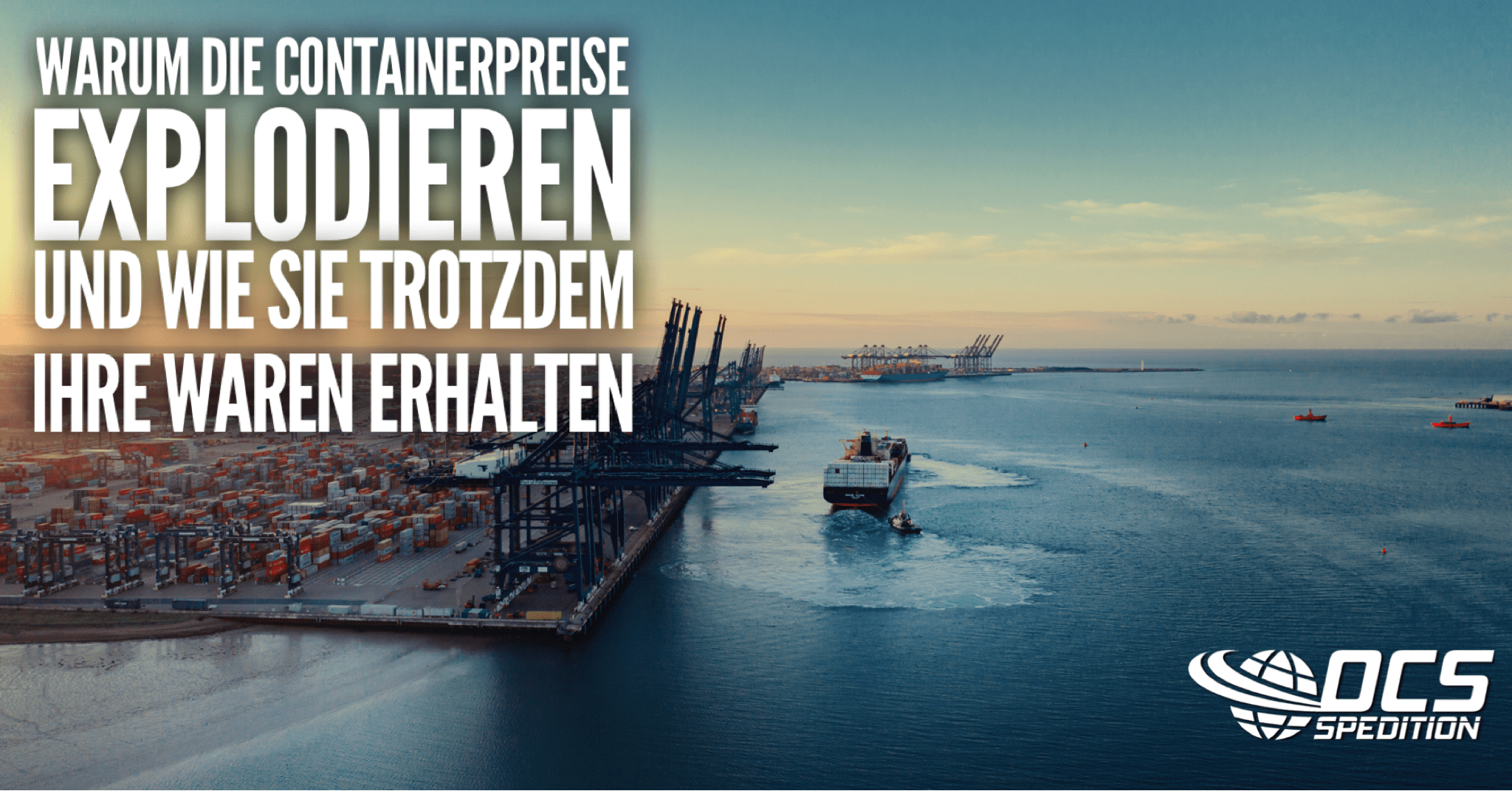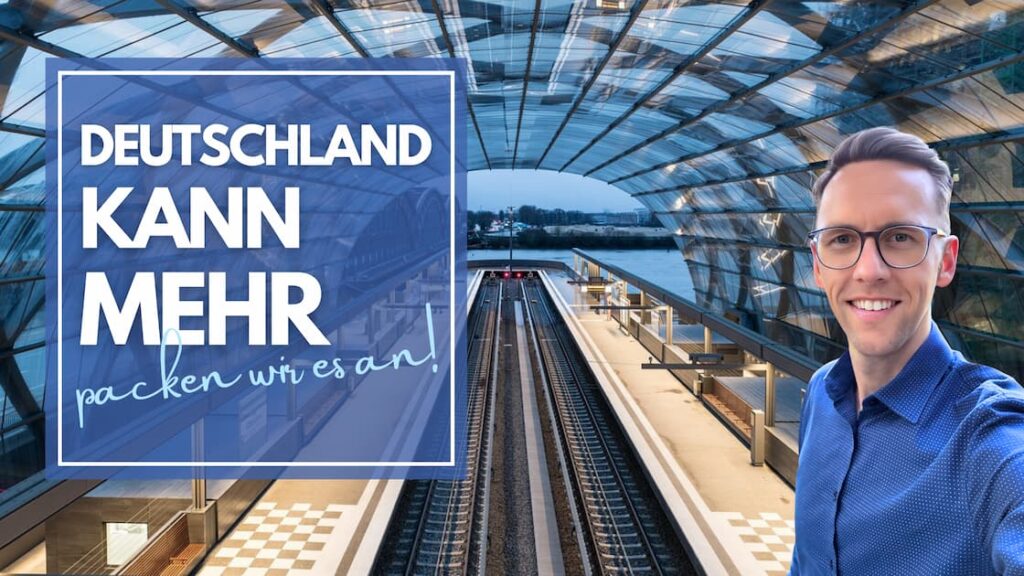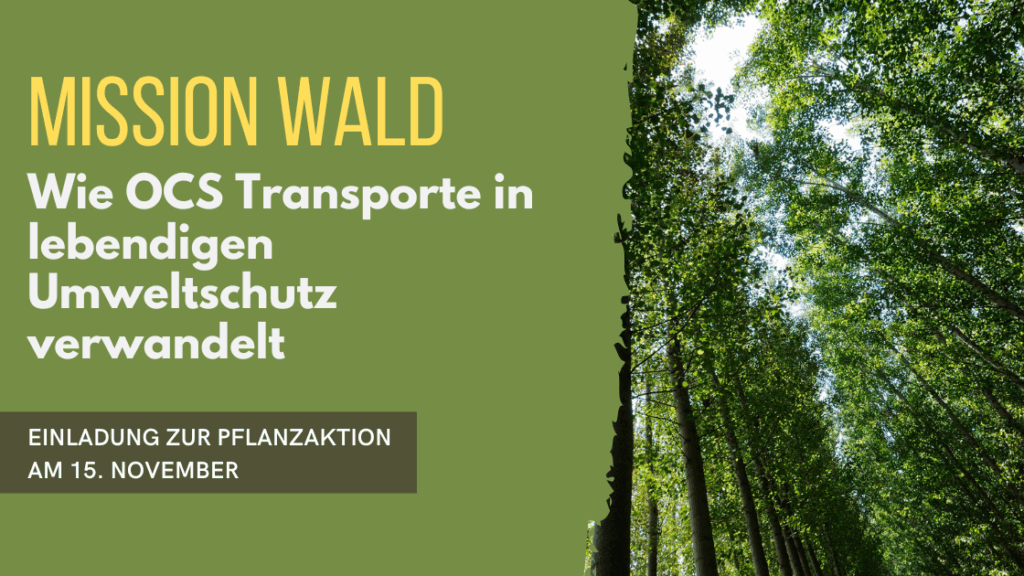Corona brought global trade to a brief standstill in spring 2020.
Container liner shipping at sea faced difficult times, but strong demand for consumer goods brought unexpected growth for liner shipping companies in the second half of the year. At the same time, the market for containers is empty and container prices are rising. Hard times lie ahead for ports and hinterland transport. In the end, the consumer pays the bill; the freight forwarder has to deal with this situation. 40 million containers move the global flow of goods by sea and land. The majority of the distribution of this transport volume is carried out by container liner shipping companies. There have been noticeable upheavals among these in the past 10 years. From around 2011, practically all major shipping companies commissioned new and larger ships. Transport capacity significantly exceeded demand. Debt burdens and low freight rates caused some shipping companies to stumble as early as 2012. Hanjin's bankruptcy was just one of the consequences. However, that did not stop the shipowners from sticking to their long-term strategy: more TEUs and ever larger ships. Then came Corona.
Shipping companies died even before the Corona crisis
By 2019, this led to a market shakeout among liner shipping companies in container shipping. Most of the remaining liner shipping companies ended the year in the red. Of the former 20 container liner shipping companies, only ten still exist, which compete for global cargo in three consortia. EU Block Exemption Regulation , this is In the first Corona year, all industries came under pressure, including container shipping.
How did the shipping companies react to Corona?
Maximilian Rothkopf, COO of Hapag-Lloyd , explains to the Deutsche Verkehrs-Zeitung (DVZ) that the effects of the corona pandemic were noticeable for Hapag-Lloyd from February onwards and that the situation normalized from the summer onwards.
“It's amazing how resilient the flow of goods is.”
In the first few months, the liner shipping companies reacted with blank sailings, i.e. the cancellation of popular connections without replacement. Costs for disinfection and compliance with quarantine regulations made the lines unprofitable. Some of these ships removed from the pool went to the shipyard for refitting. For example, Hapag-Lloyd had scrubbers installed to comply with environmental regulations, implemented long-sought digitalization goals and relied on capacity management.
2020 is shaping up to be a boom year
Despite all the prophecies of doom, the market recovered from the summer onwards.
The increase in freight rates culminated towards the end of the year in an increase of 27.1% compared to the previous month of 2020. Container prices also rose. Since the start of the pandemic, 30 closed lines have been restarted. At the same time, the group exemption regulation allows shipping companies to better manage capacity. As container distributors, they operate in a market with few competitors and strong demand, in which they are even allowed to join forces. The pandemic conditions with numerous lockdowns worldwide have changed consumer behavior. People spend their money online instead of using services. The increased consumption is triggering a development that was considered impossible at the beginning of the pandemic. This has an impact on the market for empty containers, which can now be marketed more successfully on the spot market and are therefore not available in some ports.
When 40 million containers are at sea
In parallel with the gigantic increase in online orders for Chinese products, so-called ultra-large container ships (ULCVs) have been completed. Not every port can cope with the logistics requirements: Of the 10 largest container ports, 9 are in Asia, 6 of which are in China. As the largest container port in Europe, Rotterdam is ranked 10th in the world.
Disruptions in ports and hinterland traffic
In northern Germany's largest port with the best hinterland connections, Hamburg is ranked 7th in the world. The arrival of the 400 m long “CMA CGM ANTOINE DE SAINT EXUPERY” with a loading capacity of 20,600 standard containers (TEU) still brought the port to the edge of its performance potential and that is not just the case in the Elbe. If such a giant is in the harbor basin, inland traffic will have to wait. There are delays in the supply chain, creating more work for the carrier and leaving the customer unhappy.
From the belly of the ship to the receiver
If the containers are on land, the goods are not yet at their destination. Rail or truck transport cover the main burden of transporting goods to the hinterland and are therefore an essential part of the flow of goods. They are dependent on service providers such as shippers. They are currently faced with higher capacity requirements for contractual agreements. Train operators also report similar things and talk about bookings of larger slots in train systems through to entire “company trains” by shipowners. Overall, according to shipping expert Olaf Merk from the International Transport Forum (ITF), 40% of global terminal capacity is in the hands of shipping companies, 15% of which are active as freight forwarders.
The ship owners negotiate with industry and trade not only about shipping, but also about land transport. Associations in the forwarding and logistics industry doubt whether the pre- and on-carriage costs stated there cover costs. At the same time, shipping companies are confronting independent transporters with new fees and making access more difficult by not issuing binding booking confirmations and charging surcharges for a shipping guarantee. This is about the distribution of the cake from Carrier's Haulage and Merchants Haulage. Thanks to their powerful position, the players in container shipping are successful, as 2020 proved.
Normalization of the situation in sight?
Where maritime shipping benefits, freight forwarders groan under the conditions.
Containers are hard to come by or only at extremely high cost. This makes planning extremely difficult. Maximilian Rothkopf rejects the idea that the shortage of containers is artificial and justifies this by saying that the industry is too competitive. Unlike CMA CGM and Maersk, Hapag-Lloyd does not plan to enter hinterland transport. The area is too complex and too capital intensive. Completely different skills would be required and they want to concentrate on the shipping business there. Overall, however, changes can be expected for freight forwarders. Is the price increase unstoppable?
It looks like everything is fine: global trade is flourishing, shipping companies are working at full capacity and are now bringing the products even closer to the consumer. The only question is when. Disruptions such as Chinese New Year, when millions of migrant workers return home to their families, also paralyze Chinese ports. The accident of the “EVER GIVEN” in the Suez Canal and its closure for several days is causing considerable distress to shipping traffic. Even without such major events, more and more ships arrive late and then clog the ports. It is permissible to ask whether there are no alternatives to ship transport. The answer is positive.
OCS and other alternatives for containers
More and more transports are coming into the country by plane.
As a result of the pandemic, the air industry is also competing with sea transport in the areas of transport and logistics. Goods that require punctual arrival are now increasingly taking this route. Rail and truck transport are alternatives overland. However, the Corona crisis shows its weaknesses when it comes to container shipping: container liner shipping companies can do little to counteract great volatility on the market.
Ships cannot be decommissioned quickly and inexpensively and then put back into operation just as quickly. The solution could be to rely on smaller fleets again instead of allowing three consortia to divide the market among themselves. It also remains to be seen how the actors will act in the future. Above all, the consumer. Now that lockdowns and exit restrictions have been abolished, people will probably be sitting in the beer garden more often again instead of looking around for consumer products on the internet. If the beer comes from Scandinavia and the vodka comes from Russia , OCS is happy to bring both overland. Transports to and from Scandinavia and Russia have been our specialty for over 25 years. Given the rapidly changing market conditions, we look forward to meeting the requirements of the future together with our customers. One thing is certain: logistics remains exciting.






